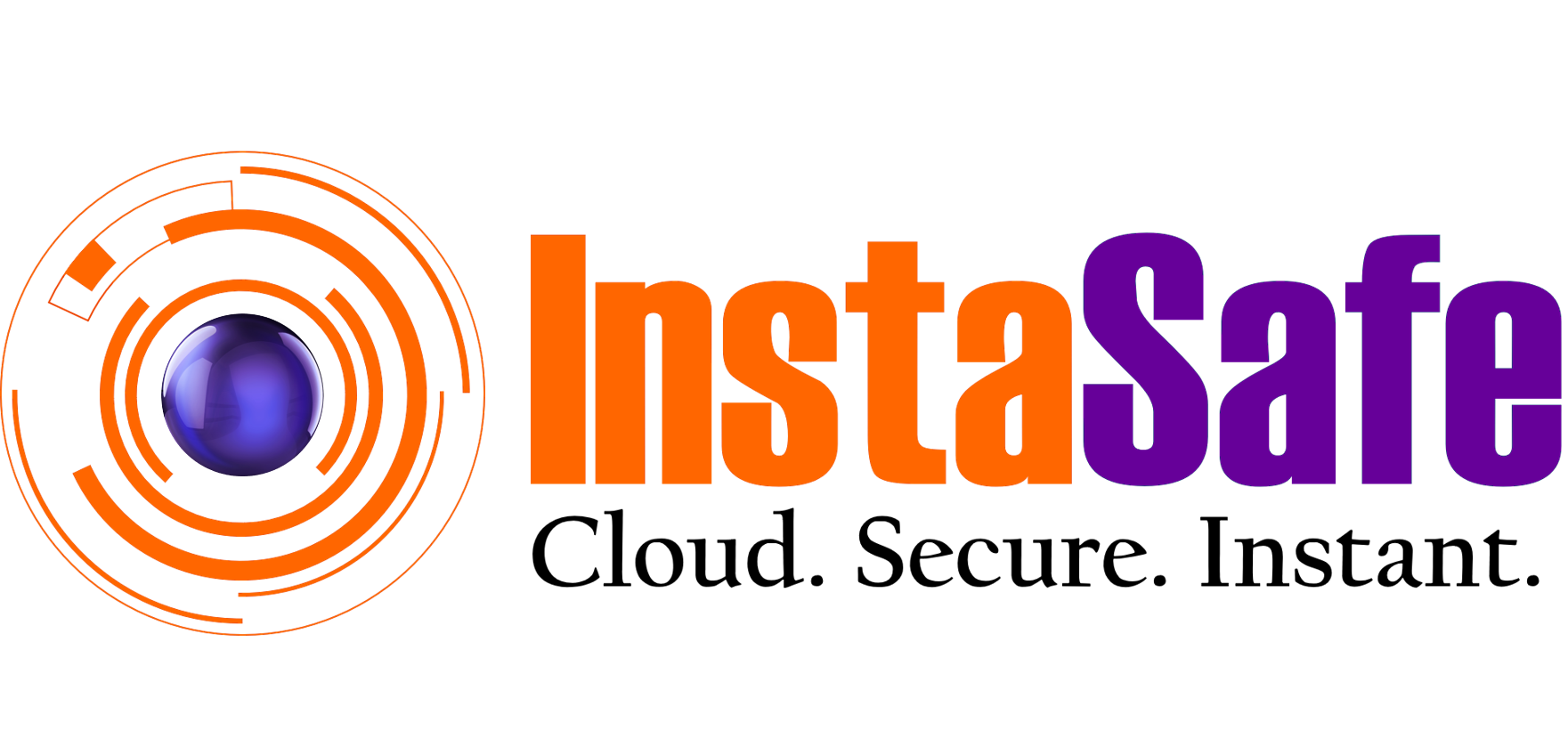Lifecycle Management

Lifecycle Management is a comprehensive approach that addresses the entire lifecycle of user identities and access rights. It is central to the effectiveness of InstaSafe IDAM solution
Features of InstaSafe IDAM Lifecycle Management:
- User Provisioning:
- Streamlining the onboarding process by automating the creation of user accounts.
- Assigning appropriate access rights based on roles, responsibilities, and organisational policies.
- Ensuring timely and accurate provisioning to enhance operational efficiency.
- Role-based Access Control (RBAC):
- InstaSafe uses RBAC to align access permissions with job functions.
- Simplifying access management by associating users with predefined roles.
- Reducing the risk of unauthorised access and minimising the potential for human error. InstaSafe identifies if there is an unauthorised changes to the user account. With an event of unauthorised changes, InstaSafe will send a notification to administrators.
- General Roles defined in the InstaSafe.
- Automated Deprovisioning:
- Swiftly revoking access rights for users who no longer require them.
- Mitigating security risks associated with former employees or contractors.
- Adhering to compliance requirements by promptly deprovisioning access upon role changes or terminations.
- User Self-Service:
- Empowering users to manage their own profiles and access requests.
- Reducing the burden on IT teams and enhancing user experience.
- Increasing agility in responding to access needs, fostering a more responsive and user-centric environment.
- Access Certification and Auditing:
- Conducting regular access reviews to ensure compliance with security policies.
- Providing a clear audit trail for all identity and access-related activities.
- Enhancing visibility into user activities and aiding in the detection of potential security threats.
- Automatic archival of audit logs after a given period of time.
Benefits of IDAM Lifecycle Management:
- Enhanced Security:
- Minimizing the risk of unauthorised access and data breaches.
- Enforcing consistent security policies throughout the user lifecycle.
- Strengthening overall cybersecurity posture and safeguarding sensitive information.
- Improved Compliance:
- Meeting regulatory requirements by demonstrating control over user access.
- Facilitating easy auditing and reporting to prove compliance with industry standards.
- Avoiding financial penalties and reputational damage associated with non-compliance.
- Operational Efficiency:
- Streamlining identity-related processes, from onboarding to off-boarding.
- Reducing manual intervention and associated human errors.
- Optimising resource utilisation and improving overall organisational efficiency.
- Cost Reduction:
- Minimising the risks and costs associated with security incidents.
- Automating repetitive identity management tasks to free up IT resources.
- Enhancing the scalability of identity management processes without proportional increases in staffing.
Lifecycle Management is a cornerstone of a robust identity and access management strategy. By implementing these features and embracing the associated benefits, organisations can fortify their security, improve operational efficiency, and ensure compliance in an ever-evolving digital landscape.
